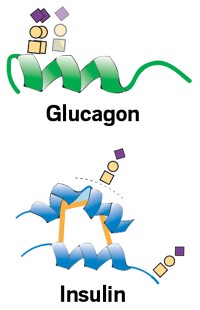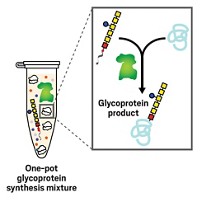Advertisement
Grab your lab coat. Let's get started
Welcome!
Welcome!
Create an account below to get 6 C&EN articles per month, receive newsletters and more - all free.
It seems this is your first time logging in online. Please enter the following information to continue.
As an ACS member you automatically get access to this site. All we need is few more details to create your reading experience.
Not you? Sign in with a different account.
Not you? Sign in with a different account.
ERROR 1
ERROR 1
ERROR 2
ERROR 2
ERROR 2
ERROR 2
ERROR 2
Password and Confirm password must match.
If you have an ACS member number, please enter it here so we can link this account to your membership. (optional)
ERROR 2
ACS values your privacy. By submitting your information, you are gaining access to C&EN and subscribing to our weekly newsletter. We use the information you provide to make your reading experience better, and we will never sell your data to third party members.
Analytical Chemistry
Proteoglycan Is Sugar-Specific
Mass spec of highly purified polysaccharide chains reveals simplest proteoglycan has a defined sugar sequence
by Celia Henry Arnaud
October 17, 2011
| A version of this story appeared in
Volume 89, Issue 42
The proteoglycan bikunin has a defined sequence of sugar units in its polysaccharide chains, chemists at Rensselaer Polytechnic Institute, the University of Georgia, and Japan’s Chiba University report (Nat. Chem. Biol., DOI: 10.1038/nchembio.673). Proteoglycans are proteins ornamented with long, sulfated polysaccharide chains known as glycosaminoglycans (GAGs). Bikunin, a serine protease inhibitor used in Japan as a drug to treat pancreatitis, is the simplest proteoglycan, with just one polysaccharide attachment site. Despite its relative simplicity, scientists have previously been unable to determine whether bikunin’s single attachment site plays host to a variety of polysaccharide chains or any specific sugar sequence. Robert J. Linhardt, I. Jonathan Amster, and coworkers purified and sequenced bikunin’s GAG chain using tandem mass spectrometry. They found that there are chains of various lengths but that the shorter chains are truncated versions of the longer ones. “Because the chains are different lengths, there are so many components in the mixture that none of the components would be intense enough to fragment” for tandem mass spectrometry, Linhardt says. But the team was able to separate the mixture enough so that each fraction had a small number of components with intense enough peaks for the mass analysis. The researchers now plan to move on to more complex proteoglycans, Linhardt says.




Join the conversation
Contact the reporter
Submit a Letter to the Editor for publication
Engage with us on Twitter